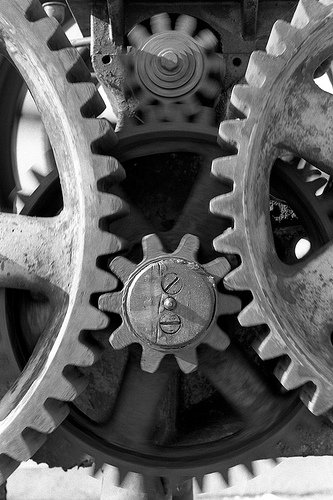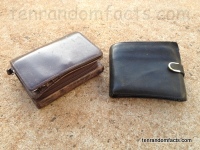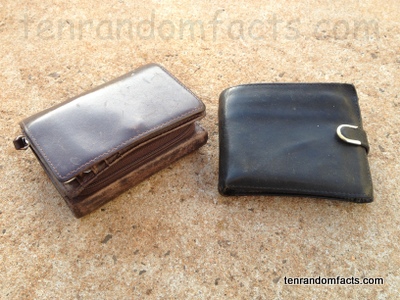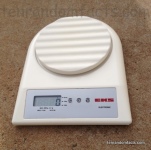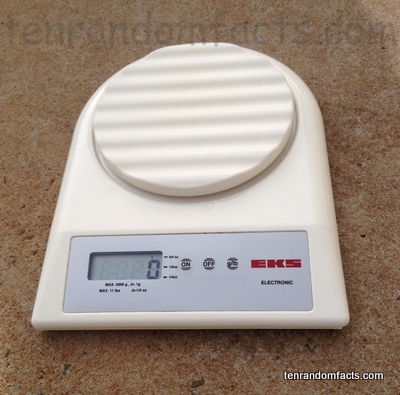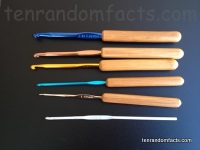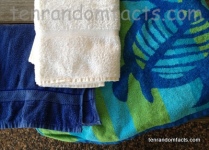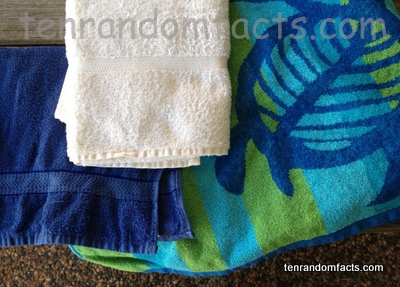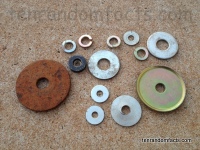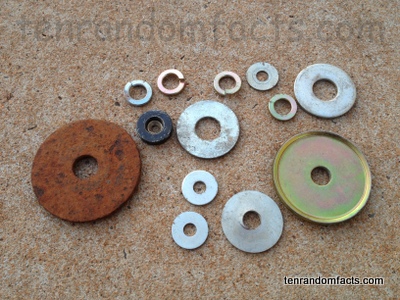
Gears are in nature and in machines… just where to look?
- Gears are items used in machinery, and have the primary function of transferring power from a source to an application.
- ‘Gears’ are also known as ‘cogwheels’, and when different sized ones are meshed against each other, the result is that the application speed will be different to the source speed.
- Gears have protruding spikes, or ‘teeth’ , that interlock, or ‘mesh’ with others that have teeth of the same size, causing all those that are meshed to move when a force is applied to one.
- Gears originated in Ancient Greece, particularly around 300 to 200 BC, when Archimedes, a Greek polymath, discovered many of the item’s properties and physics.
- The most common type of gear is named the ‘spur’, that is circular or cylindrical in shape, and has teeth that sit on the circumference, parallel to the central rotating point; while other types can have curved or other differently shaped or positioned teeth, including internal teeth, or teeth that are placed along the item’s width.
Gears
Image courtesy of Brent 2.0/Flickr
- When a gear changes direction while moving, a lapse, or ‘backlash’ is created, caused by a space, due to the positioning of the teeth as they mesh.
- Gears are typically made of metals such as steel or iron, but plastic ones are also available, and they come in numerous shapes and sizes.
- The size of gears can be measured in ‘modules’, which is typically the item’s diameter divided by the number of teeth, although they can be measured in ‘pitches’ when using imperial units, which is a teeth per inch measurement.
- Gears are generally made using a mold, and the molding technique generally reduces or eliminates the need for finishing touches.
- Insects from the planthopper family, Issidae, such as an Issus nymph, have legs that include a gear mechanism, that causes the insect to jump at a tremendous speed.
Bibliography:
A Brief History of Gears, 2014, Ronson Gears, http://www.ronsongears.com.au/a-brief-history-of-gears.php
Gear, 2014, Wikipedia, http://en.wikipedia.org/wiki/Gear




